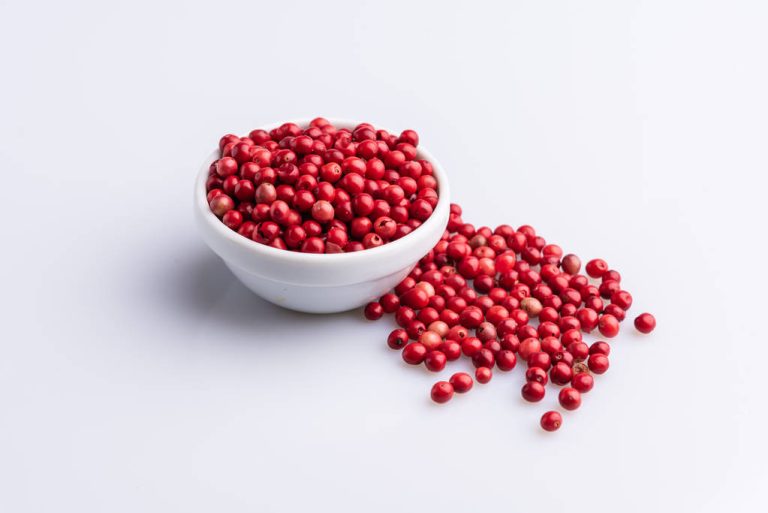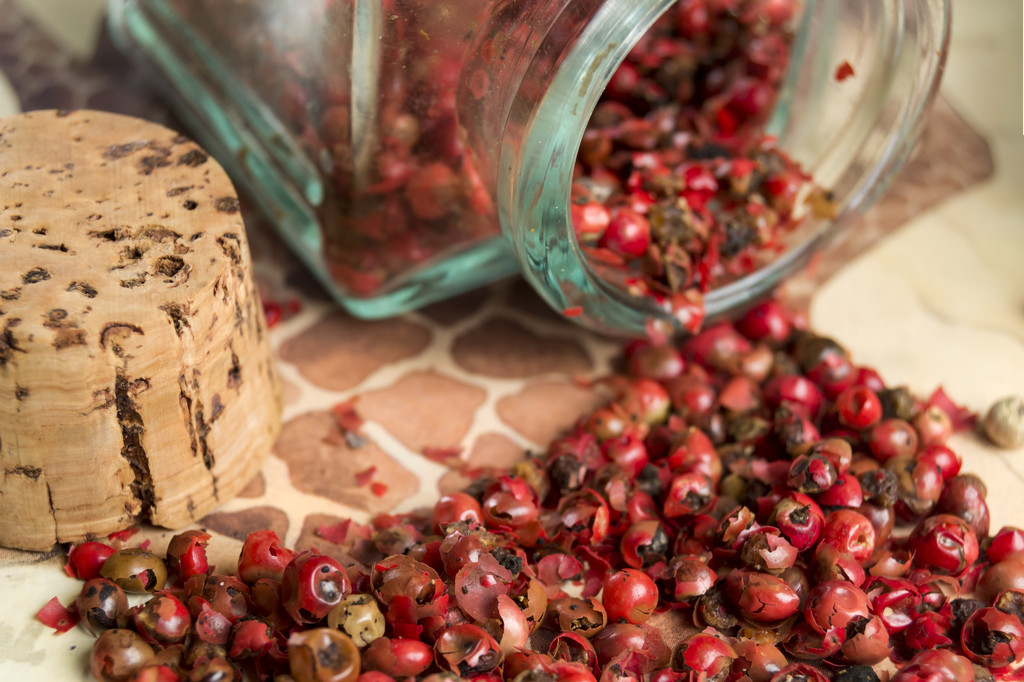Introduction: Exploring Afghan Cuisine
Afghan cuisine is a unique culinary experience, blending the flavors of the Middle East, Central Asia, and South Asia. The food is known for its rich spices, bold flavors, and hearty meat dishes. Afghan cuisine has a fascinating history, and it is closely tied to the country’s geography, culture, and traditions. From the ancient Silk Road trading route to modern-day migration patterns, Afghan cuisine embodies the diverse influences that have shaped the country’s history.
The Role of Spices in Afghan Cooking
Spices are an integral part of Afghan cuisine, and they play a vital role in the flavor profile of many dishes. Cumin, coriander, turmeric, and cardamom are some of the most commonly used spices in Afghan recipes. These spices bring warmth, depth, and complexity to dishes like qabili palaw (rice with lamb and carrots), mantu (steamed dumplings), and ashak (vegetable-filled pasta). Afghan cuisine is also known for its generous use of chili peppers, which add a fiery kick to many dishes.
The Historical Roots of Afghan Cuisine
Afghanistan is a landlocked country that has historically been a crossroads for trade and migration. The region’s cuisine reflects this rich history, with influences from Persia, India, and the Middle East. The country’s rugged terrain and harsh climate have also shaped its cuisine, with hearty meat dishes and breads that are well-suited to the country’s cold winters. Afghan cuisine is also closely tied to the country’s agriculture, with ingredients like saffron, pomegranates, and pistachios that are grown locally.
From the Silk Road to the Afghan Kitchen
The Silk Road was a network of trade routes that connected Asia, Europe, and Africa. As goods and ideas traveled along the Silk Road, they also brought with them new ingredients and cooking techniques. Afghan cuisine has been influenced by the diverse flavors of the Silk Road, including Persian spices, Indian curries, and Chinese noodles. Many dishes that are now considered staples of Afghan cuisine, such as qabili palaw and mantu, have their roots in the Silk Road.
The Influence of Afghan Neighbors on Afghan Cuisine
Afghanistan shares borders with Iran, Pakistan, and Turkmenistan, and each of these countries has left its mark on Afghan cuisine. Persian cuisine has had a significant influence on Afghan food, with dishes like ash-e-reshteh (noodle soup) and shirin polow (sweet rice with raisins and carrots) that are popular in both Iran and Afghanistan. Pakistani cuisine has also influenced Afghan cooking, with dishes like biryani and kebabs that are widely enjoyed in both countries.
Cultural Significance of Afghan Spices and Foods
Afghan cuisine has a deep cultural significance, and many dishes are associated with special occasions and celebrations. Qabili palaw, for example, is often served at weddings and other festive events, while mantu is a traditional food for the Persian new year. Spices like saffron and cardamom have long been valued for their medicinal properties, and they are often used in traditional Afghan remedies. Food is also an important part of Afghan hospitality, and guests are always offered tea and sweets upon arrival.
Traditional Afghan Dishes: Recipes and Stories
Some of the most popular Afghan dishes include qabili palaw, mantu, ashak, and bolani (stuffed flatbread). These dishes are often made with lamb or beef and flavored with cumin, coriander, and other spices. Qorma is another popular Afghan dish, made with meat and vegetables in a rich tomato-based sauce. Afghan cuisine also features a variety of soups, stews, and rice dishes that are perfect for cold winter nights.
The Future of Afghan Cuisine: Trends and Innovations
As Afghan cuisine gains more global recognition, chefs and foodies are experimenting with new ingredients and techniques. Modern Afghan cooking often incorporates international flavors and techniques, while still staying true to the traditional roots of the cuisine. Chefs are also finding creative ways to use Afghan spices in desserts and drinks, such as saffron ice cream and cardamom-infused coffee. With its rich history and diverse influences, Afghan cuisine is sure to continue to evolve and inspire food lovers around the world.




